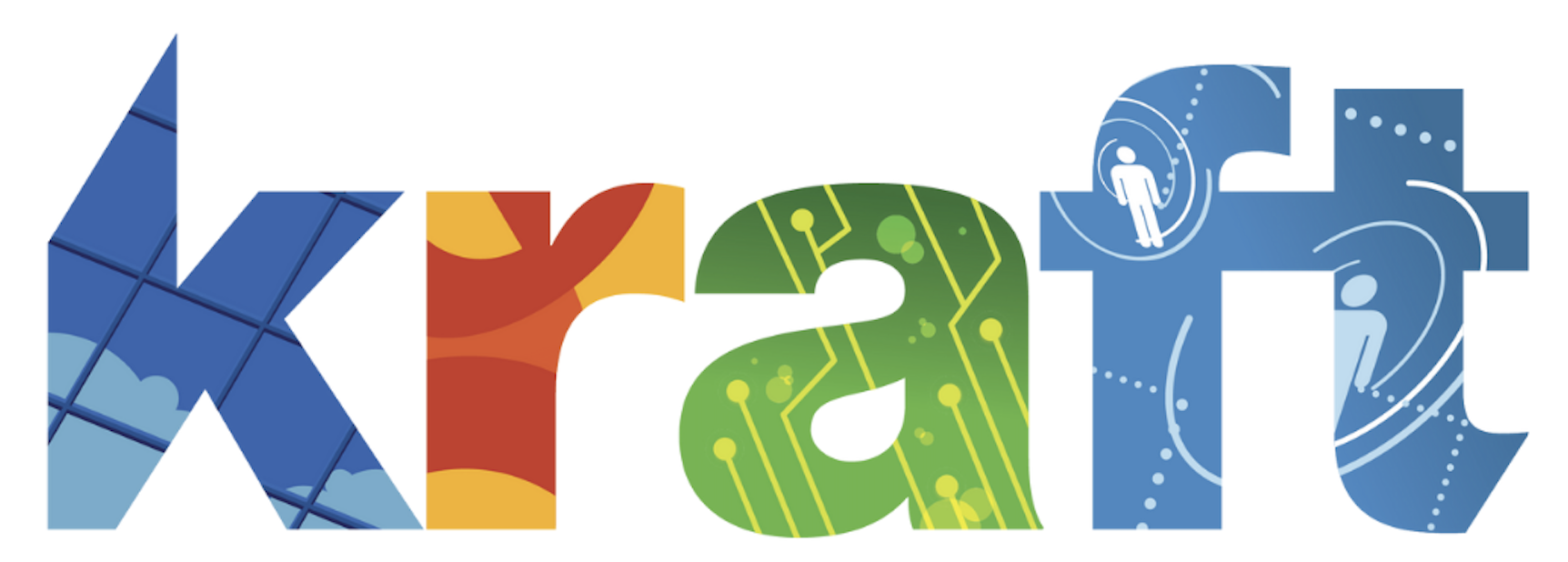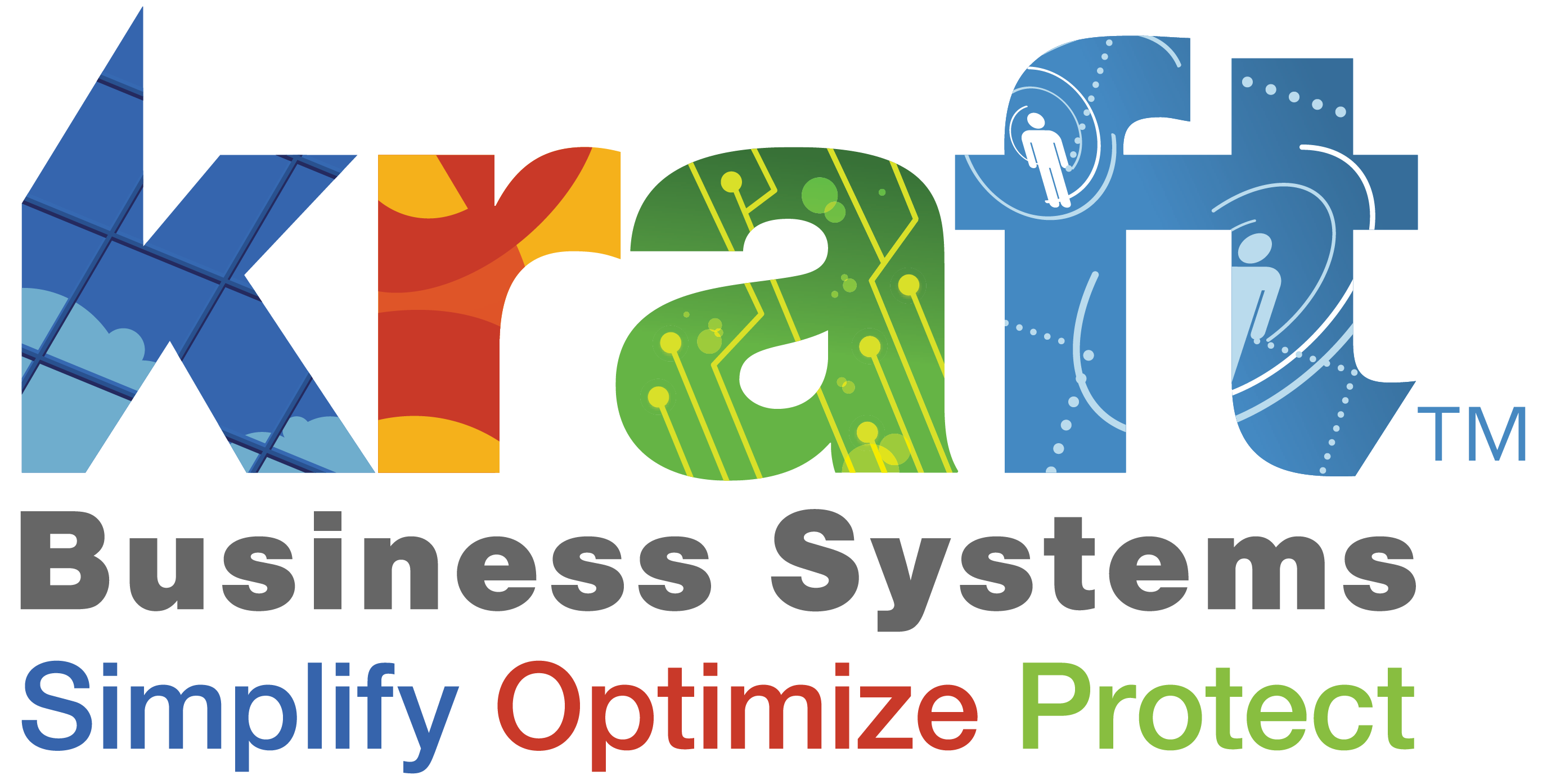Educational institutions face an avalanche of paperwork and data management challenges. This is where document management solutions (DMS) come into play. These sophisticated systems streamline document handling, ensuring that educational institutions operate more efficiently and securely. Above all, DMS offers a reliable way to manage, store, and retrieve documents electronically, reducing the dependency on physical paper.
Educational institutions benefit significantly from using document management systems. They not only enhance operational efficiency but also ensure compliance with regulatory requirements. This article explores what a DMS is, the various types available, and why they are indispensable for schools and universities. By understanding these aspects, educational institutions can make informed decisions about implementing these powerful tools.
Understanding Document Management Solutions
What is a Document Management Solution?
A document management solution (DMS) is a system used to track, manage, and store documents electronically. It reduces the need for paper, allowing institutions to create a more efficient and organized environment.

Key features of a DMS include workflow automation, secure document storage, and real-time collaboration. Workflow automation streamlines processes, ensuring that tasks are completed efficiently and consistently.
Secure document storage protects sensitive information from unauthorized access, which is crucial for maintaining compliance with educational standards. Additionally, real-time collaboration tools enable staff to work together seamlessly, whether they are on-site or remote.
Types of Document Management Solutions
There are various types of DMS, each with its own advantages. The most common types are cloud-based and on-premises solutions, you can also use different document management software available on the internet. Moreover, mobile app and document management tool also create ease for educational institutes.
Cloud-Based Solutions
Cloud-based are best document management solutions hosted on remote servers and accessed via the internet. They offer flexibility and scalability, making them ideal for educational institutions of all sizes. For example, using Google Drive or Microsoft Office 365, staff can access documents from anywhere, at any time and you can also use it as a file sharing. This approach reduces the need for physical storage and IT infrastructure, leading to significant cost savings.
On-Premises Solutions
On-premises DMS are installed on local servers within the institution’s premises. They offer greater control over data and security, which can be crucial for institutions with stringent compliance requirements. However, they require a higher initial investment in hardware and ongoing maintenance.
Hybrid Solutions
Hybrid DMS combine elements of both cloud-based and on-premises systems. They provide the flexibility of cloud access while maintaining critical data on local servers. This balance can be particularly beneficial for institutions that need to manage sensitive information securely while still leveraging the advantages of cloud technology.
In conclusion, understanding the different types of document management systems helps institutions choose the best solution to meet their specific needs. By implementing an effective DMS, educational institutions can improve efficiency, enhance security, and support better collaboration among staff and students.
Benefits of Document Management Solutions for Educational Institutions

Improved Efficiency and Productivity
Educational institutions thrive on efficiency. A document management solution (DMS) streamlines document handling, content management, transforming cumbersome paper-based processes into seamless digital workflows. For instance, the ability to quickly access information through a centralized system saves time and boosts productivity.
Teachers and administrative staff no longer have to sift through piles of paperwork; instead, they can find what they need in seconds. This improved efficiency allows educators to focus more on teaching and less on administrative tasks.
Enhanced Security and Compliance
Document management systems provide enhanced security, which is crucial for educational institutions handling sensitive student information. Secure storage of documents ensures that only authorized personnel have access to confidential records.
Additionally, DMS helps institutions comply with regulatory standards, safeguarding against data breaches and legal issues. Microsoft 365 and other cloud-based solutions offer robust security features, ensuring that educational data remains protected and compliant with industry regulations.
Cost Savings
Implementing a DMS results in significant cost savings. First, there’s a reduction in paper usage, which lowers expenses related to printing, copying, and physical storage. Second, administrative costs decrease because fewer resources are required to manage and store documents.
Better Collaboration
A document management solution fosters better collaboration among staff. Easy sharing of documents and real-time collaboration features enable teachers and administrators to work together more effectively.
For example, tools like Google Drive and Microsoft Office 365 allow multiple users to edit and comment on documents simultaneously. This collaborative environment enhances communication and ensures that everyone is on the same page, leading to better decision-making and more cohesive educational programs.
Key Features to Look for in a Document Management Solution
User-Friendly Interface
A user-friendly interface is paramount for any DMS. It ensures that even non-technical staff can navigate the system with ease. An intuitive design reduces the learning curve, enabling users to quickly adopt and benefit from the system. Therefore, when selecting a DMS, prioritize those with straightforward, easy-to-use interfaces to maximize efficiency and user satisfaction.
Advanced Search Capabilities
Advanced search capabilities are essential for any effective document management solution. Full-text search and metadata tagging allow users to locate documents quickly and accurately. For instance, with a robust search function, teachers can find lesson plans, student records, or administrative documents in seconds. This feature saves time and enhances productivity by making document retrieval effortless.
Integration with Existing Systems
Integration with existing systems is another critical feature to consider. A DMS should be compatible with the institution’s current software, such as Microsoft 365 or Google Drive. API integrations enable seamless data exchange between the DMS and other applications, streamlining workflows and enhancing overall efficiency. Therefore, when choosing a DMS, ensure it can integrate smoothly with your existing systems to avoid disruptions and maximize its benefits.
Implementing Document Management Solutions in Educational Institutions

Assessing Needs and Requirements
Before implementing a document management solution (DMS), it’s crucial to assess the institution’s specific needs. Start by identifying the pain points in your current document handling processes. What are the biggest challenges?
Are there issues with accessibility, security, or compliance? Next, set clear goals for what you want to achieve with a DMS. For instance, you might aim to reduce paper usage by 50% or improve document retrieval times. Establishing these goals will guide your selection of the right DMS for your needs.
Steps for Successful Implementation
Successful implementation of a DMS requires careful planning and preparation. Begin with a detailed plan that outlines each step of the process. This should include timelines, resources needed, and key milestones.
In addition, it’s essential to provide comprehensive training and support to staff. This ensures that everyone is comfortable using the new system. Offer training sessions and create user guides to facilitate this transition.
What May People Also Ask
What is a document management solution?
A document management solution (DMS) is software that helps manage, store, and track electronic documents. It automates workflows and ensures secure document handling.
How can DMS improve efficiency in educational institutions?
DMS improves efficiency by streamlining document handling processes. It provides quick access to information, reduces paper usage, and enhances collaboration among staff.
Are there any compliance benefits to using DMS?
Yes, DMS ensures compliance with regulatory standards by providing secure storage and controlled access to sensitive information.
How do document management solutions ensure security?
DMS ensures security through encryption, access controls, and audit trails. These features protect sensitive data from unauthorized access and breaches.
What are the costs associated with implementing a DMS?
Costs vary depending on the type of DMS. Cloud-based solutions often have lower upfront costs but may involve subscription fees. On-premises solutions require a higher initial investment in hardware and maintenance.
Key Takeaways on Document Management in Education
In summary, document management solutions offer numerous benefits to educational institutions, including improved efficiency, enhanced security, and cost savings. By assessing needs, setting goals, and carefully planning implementation, schools can successfully adopt these systems. Therefore, educational institutions should strongly consider integrating DMS to streamline their operations and better manage their documents.






